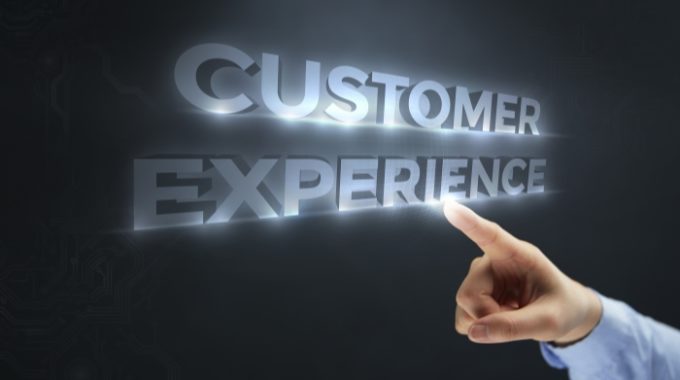Why Customer Relationship Management Fails and How to Fix It
You had the best intentions with your new customer relationship management (CRM) software but it didn’t work. Your team didn’t get on board with it and as a result, you stopped using it too. Now, you’re back to square one. You know you need a way to track your customers and leads, but where do you begin?
Your CRM can fail for a number of reasons. The most common is the lack of adoption by your team. To help you use your CRM more effectively, here’s how to fix poor adoption and get more out of this powerful business tool.
#1. Make it Mobile
When you spend your days out of the office, things are hectic. From lunch meetings to phone meetings and plenty of networking inbetween, you have a lot to remember when you finally plant yourself back at the office in front of your computer.
Many professionals face the challenge of engaging with multiple people throughout the day, yet many forget to reach for their CRM’s mobile app to make important updates on the go. It’s a costly mistake. When you forget even the smallest detail, you have a harder time making a strong impression or landing a sale.
Most CRMs have mobile apps. Get in the habit of using these and you’ll build stronger relationships.
#2. Get Your Team On Board
You’re only as strong as your weakest link. That expression reigns true with just about everything in business – including your CRM.
You’ll face some pushback from some team members when pushing to beef up your CRM usage. It’s inevitable. Still, it’s detrimental to your success. Without everyone’s input you could miss out on valuable opportunities.
To get your team on board with your new CRM, create a process. Write down specific steps you need your team to complete to keep your CRM current. By making this a non-negotiable and defining your expectations, you’ll get more out of your CRM.
#3. Integrate With Other Apps…
Most teams use apps outside of their CRM to do business. For example, email marketing software is used to nurture leads. Proposal software is used to get buyers to work with you. Integrating these apps into your CRM is critical.
Don’t rely on manual updates to get the information you need. Most CRMs are able to take data from popular apps and seamlessly add it to your CRM. Take advantage.
#4. … But Weed Out Unnecessary Extras
Chances are your CRM will come with a wealth of add-ons and extras. These might seem beneficial to you at first, but incorporate too many of them and you could overwhelm yourself and your team.
Your CRM doesn’t have to be filled with all the latest gadgets and gizmos to work effectively. Decide on the goals you have for your CRM. What do you want to achieve? What information do you need to get from your CRM? Then, with those metrics in mind, start adding on extras that make sense for your business.
#5. Attend Customer Relationship Management Conferences
Many CRM creators will hold their own conferences. These conferences are invaluable for organizations.
Conferences offer two core benefits.
- The first is the ability to learn from the speakers. There are many good keynotes and workshops to help you beef up how you’re running your organization.
- The second is the opportunity to network with fellow organizations who are using the same systems (or similar systems) to manage their business. You can glean a wealth of knowledge from these companies. When you return home, you’ll be inspired with new ideas for how to use your CRM to make your business surge ahead.
Takeaways
Your CRM can have a dramatic impact on your business success – when it’s put to use. By creating processes, eliminating unnecessary extra steps and taking advantage of learning opportunities, you can use this tool to nurture long-term loyal customer relationships.
Image: Photospin



